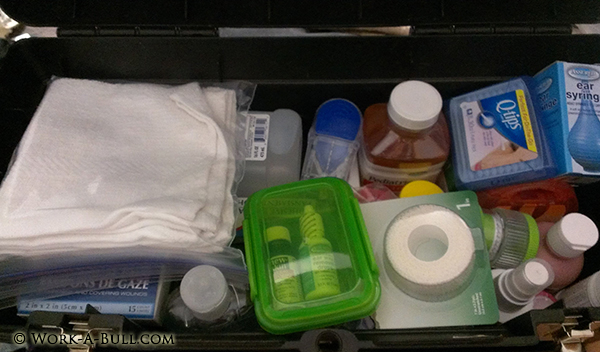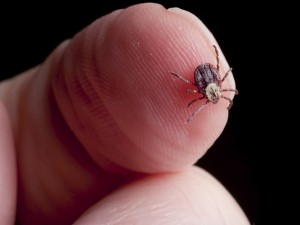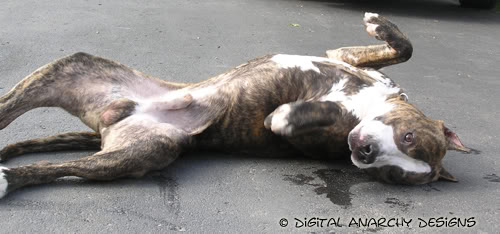 What turned out as a routine senior exam because Gus wasn’t feeling good has turned our life upside down for the last couple of weeks. Gus has lymphosarcoma. It isn’t slow moving and it is attacking his GI tract pretty nastily. Our vet didn’t have a whole lot of positive to say because of his age and susceptibility to succumbing if we opted to treat our beloved Elderbull with chemo. He said that the kindest option would be management and then helping him cross the bridge when the time came – which could be sooner or later.
What turned out as a routine senior exam because Gus wasn’t feeling good has turned our life upside down for the last couple of weeks. Gus has lymphosarcoma. It isn’t slow moving and it is attacking his GI tract pretty nastily. Our vet didn’t have a whole lot of positive to say because of his age and susceptibility to succumbing if we opted to treat our beloved Elderbull with chemo. He said that the kindest option would be management and then helping him cross the bridge when the time came – which could be sooner or later.
How did we find out and confirm our worst fears? Blood work. We had taken him in because his belly was a bit bloated and he didn’t want to eat his meals and was having trouble controlling his bladder. The latter is a common problem in the older dogs but I didn’t want him ending up with issues because he had an accident while we were at work and soiled his blanket in his crate.
The results from his blood work weren’t promising. He has hyper calcemia. He is anemic. His thyroid levels were incredibly low. All of that combined with the added insult, he also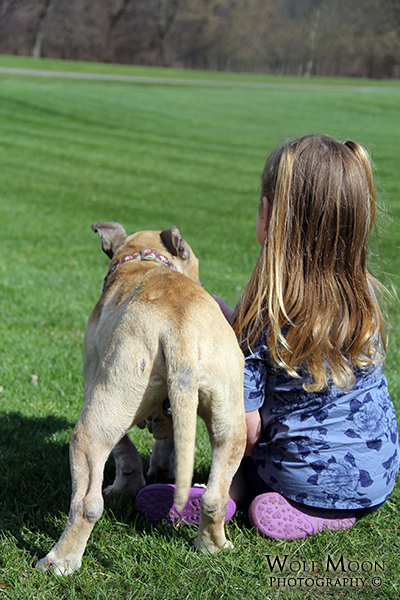 had a Urinary Tract Infection – the one thing we worked to prevent with his accidents. The final blow was the lymphosarcoma attacking his GI tract and causing the bloating and unwillingness to eat.
had a Urinary Tract Infection – the one thing we worked to prevent with his accidents. The final blow was the lymphosarcoma attacking his GI tract and causing the bloating and unwillingness to eat.
Cancer. It should be a curse word. This vile, vile disease is something that takes far too many loved ones from this Earth and runs rampant through our hearts as they deal and cope with this internal Hell until it is time for them to leave us. We’ve been dealing with it. We’re making our buddy comfortable. We are letting him eat whatever makes him eat and keep strength up. He has been getting to sleep in bed or we’ve been sleeping in the dog beds with him. We have to keep him cool since he gets uncomfortably hot even though he loves to bake in the sun. Whatever it takes for however long he has left with us.
We started a bucket list of things to do with him before he crosses the bridge – a “like” campaign on his Facebook page, Gus the Elderbull, in an effort to create a functioning memory that helps other dogs in shelters and a place for owners of their own elderbulls to come and share their memories, going swimming for the first time with us, eating an Oreo  cookie even though they aren’t good for him, spending all night cuddling with us.
cookie even though they aren’t good for him, spending all night cuddling with us.
It hasn’t been easy. I’ve cried more nights than I care to admit to. My husband has remained stoic but even he can’t hide the pain. We’re having to make a decision that no person wants to make. When is the right time? Are we being selfish by waiting? Is Gus happy? We’re told time and again we’ll know but in my heart, I don’t know. It’s scary. I never expected to lose this beautiful soul in such a short time after we adopted him from the shelter – which is currently at almost two months shy of his September 23rd Gotcha Day. It sucks and it’s something that I could wish on my worst enemy but we will work through it and we’ll make the best of whatever time we have left until Gus lets us know it’s time.

 best possible medical care that can be provided within the confines of the owner’s ability. More often than not, this is not a difficult nor unreasonably obtained but a recent case in Fort Worth, Texas has brought concern to the forefront of every pet owner’s mind when it comes to the services their veterinarian may be providing – especially during those last, saddening moments of a pet’s life when an owner is faced with the decision of humane euthanasia.
best possible medical care that can be provided within the confines of the owner’s ability. More often than not, this is not a difficult nor unreasonably obtained but a recent case in Fort Worth, Texas has brought concern to the forefront of every pet owner’s mind when it comes to the services their veterinarian may be providing – especially during those last, saddening moments of a pet’s life when an owner is faced with the decision of humane euthanasia. own urine and feces and had also been injured by another employee during his imprisonment by Dr. Tierce. Ms. Brewer told the Harris’ that she had not come forward sooner because she was concerned for her employment and the paychecks that it provided. Ms. Brewer quit her job, however, the day that she told the Harris’ about Sid and what he had been through.
own urine and feces and had also been injured by another employee during his imprisonment by Dr. Tierce. Ms. Brewer told the Harris’ that she had not come forward sooner because she was concerned for her employment and the paychecks that it provided. Ms. Brewer quit her job, however, the day that she told the Harris’ about Sid and what he had been through.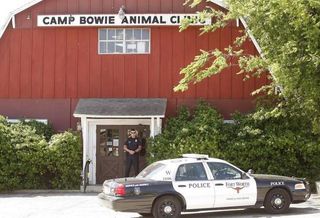 to the Harris’ that he did not euthanize Sid because some of his employees threatened to quit if he did.
to the Harris’ that he did not euthanize Sid because some of his employees threatened to quit if he did.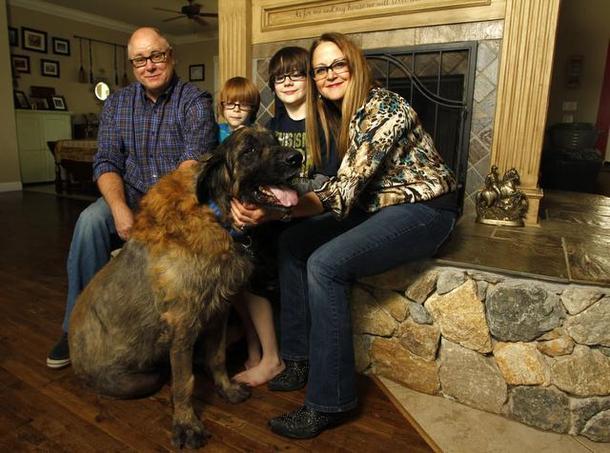 the allegations and charges filed against him.
the allegations and charges filed against him.